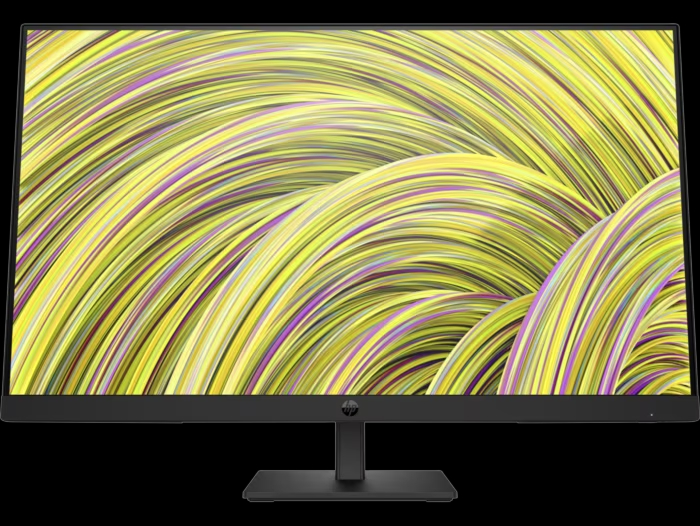The Rise of Wall-Mounted Monitors
The Shift Towards Compact and Ergonomic Workspaces
As modern workplaces and home offices continue to evolve, the demand for efficient and space-saving solutions has become increasingly prevalent. Wall-mounted monitors have emerged as a practical and versatile option, offering users the ability to optimize their workspace and create a more ergonomic computing environment.
The Benefits of Wall-Mounting Displays
By mounting monitors directly onto the wall, users can free up valuable desk space, improve cable management, and achieve a more organized and visually appealing work or entertainment setup. This approach to monitor placement has gained significant traction in both professional and personal computing settings.
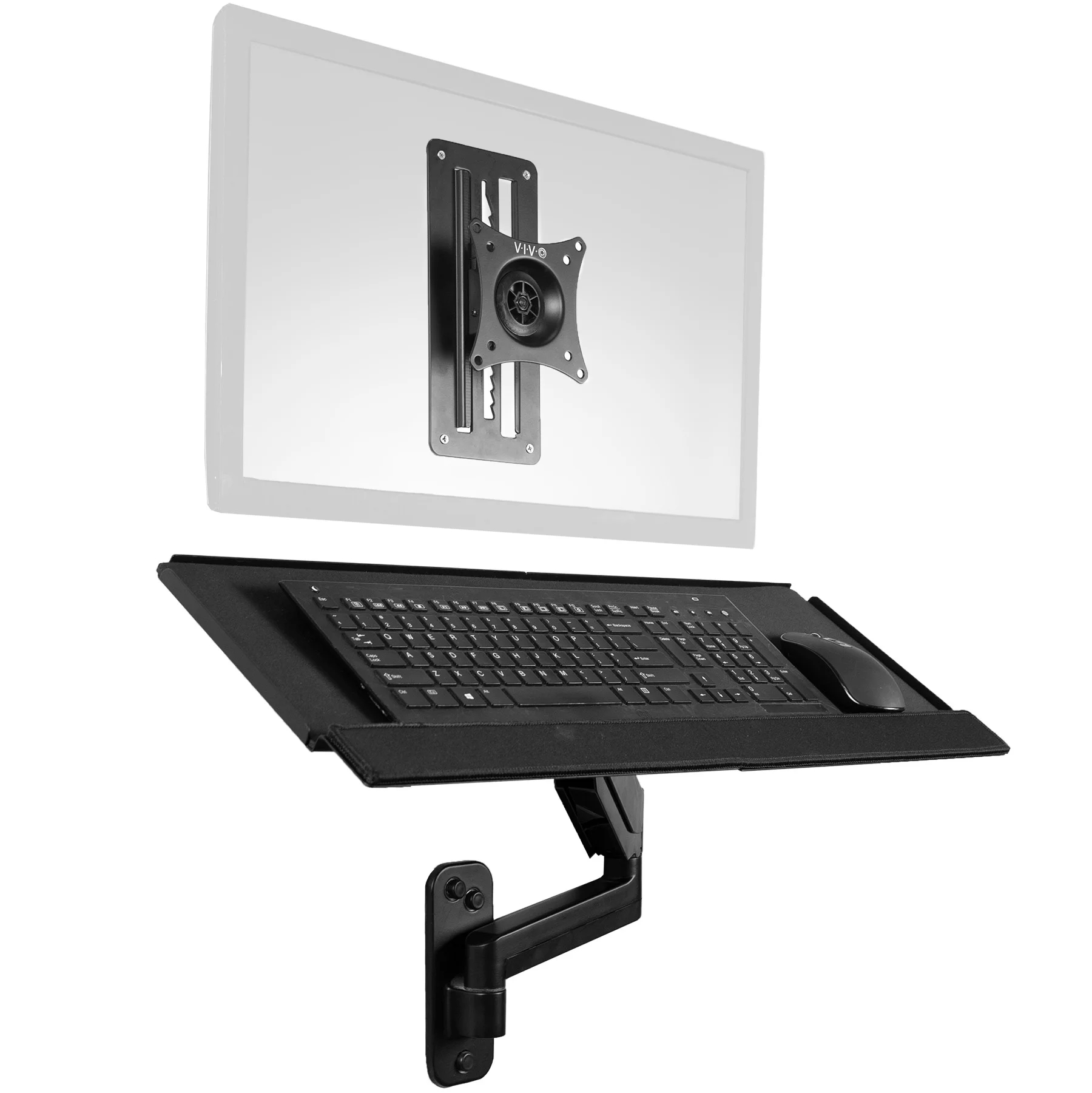
Key Advantages of Wall-Mounted Monitors
Maximized Desk Space
One of the primary benefits of wall-mounting a monitor is the ability to reclaim valuable desk real estate. By eliminating the need for a bulky monitor stand or base, users can utilize the freed-up space for other essential items, such as keyboards, mice, or even additional devices.
Enhanced Ergonomics and Posture
Wall-mounted monitors can be positioned at the optimal viewing height and angle, helping to reduce neck strain and promote better posture. This can contribute to improved user comfort and overall productivity during prolonged computer use.
Improved Cable Management
By routing cables through the wall or using specialized mounts, wall-mounted monitors can help create a clean and organized workspace, reducing the visual clutter and tripping hazards associated with exposed cables.

Considerations for Wall-Mounting Monitors
Appropriate Wall Construction and Strength
When wall-mounting a monitor, it’s crucial to ensure that the wall can safely support the weight of the display. Factors such as wall material, stud location, and weight capacity should be carefully evaluated to ensure a secure and stable installation.
Monitor Size and Mounting Hardware Compatibility
Selecting the right monitor size and ensuring compatibility with the chosen mounting hardware are essential steps in the wall-mounting process. Carefully reviewing the monitor’s dimensions and the mounting kit’s specifications can help prevent any compatibility issues.
Ergonomic Positioning and Adjustability
To fully optimize the benefits of a wall-mounted monitor, users should consider the monitor’s adjustability features, such as tilt, swivel, and height adjustment, to achieve the most comfortable and ergonomic viewing angle.

Installation and Setup of Wall-Mounted Monitors
Selecting the Appropriate Mounting Hardware
When wall-mounting a monitor, users have the option to choose from a variety of mounting hardware, including fixed mounts, tilting mounts, or full-motion articulating mounts, each offering different levels of adjustability and flexibility.
Step-by-Step Installation Process
Properly following the manufacturer’s instructions for installing the wall mount and securely attaching the monitor is crucial to ensure a safe and stable setup. Consulting professional assistance or resources may be beneficial for users who are less experienced with DIY tasks.
Cable Management and Concealment
Effective cable management is an essential aspect of wall-mounting a monitor, as it helps to maintain a clean and organized appearance. Routing cables through the wall or using cable covers and raceways can contribute to a seamless and minimalist aesthetic.
Advantages of Wall-Mounted Monitors in Different Settings
Home Office and Remote Work Environments
In home office or remote work setups, wall-mounted monitors can help create a more efficient and ergonomic workspace, maximizing the limited desk space and promoting a distraction-free work environment.
Commercial and Corporate Workspaces
In larger commercial or corporate settings, wall-mounted monitors can contribute to a more visually cohesive and professional-looking workspace, while also addressing ergonomic considerations for employees.
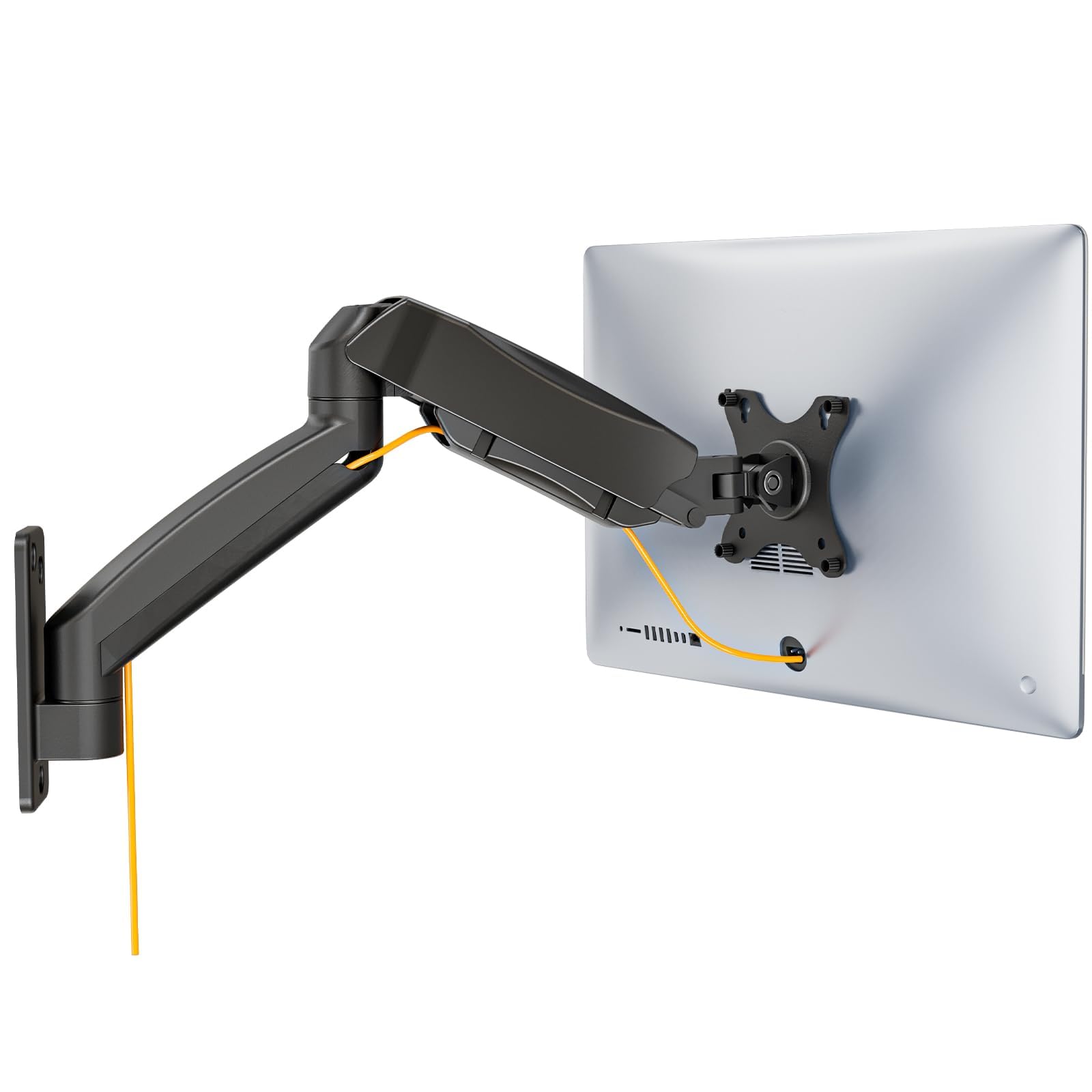
Entertainment and Gaming Setups
For entertainment or gaming purposes, wall-mounting monitors can provide a more immersive and visually engaging experience, particularly in areas where a traditional desk setup may not be feasible or desirable.
Maintenance and Troubleshooting of Wall-Mounted Monitors
Periodic Inspection and Adjustments
Regular inspections of the wall mount and monitor placement can help ensure the continued stability and safe operation of the setup, allowing users to address any potential issues or make minor adjustments as needed.
Troubleshooting Common Issues
In the event of any problems, such as monitor misalignment, difficulties with cable management, or hardware malfunctions, users should refer to the manufacturer’s troubleshooting guides or seek professional assistance to resolve the issues effectively.
Preparing for Monitor Replacement or Upgrades
When the time comes to replace or upgrade a wall-mounted monitor, users should carefully plan the process, considering the compatibility of the new display with the existing mounting hardware and ensuring a smooth transition.
The Future of Wall-Mounted Monitors
Integration with Smart Home and IoT Ecosystems
As the Internet of Things (IoT) continues to evolve, wall-mounted monitors may become increasingly integrated with smart home and office automation systems, enabling features like voice control, automated adjustments, and seamless connectivity with other devices.

Advancements in Display Technologies
Ongoing advancements in display technologies, such as improved energy efficiency, higher resolutions, and lighter weight, may further enhance the appeal and feasibility of wall-mounting monitors in a wide range of settings.
Innovative Mounting Solutions and Customization
The development of more versatile and customizable wall-mounting solutions, including modular systems or integrated power and data delivery, could expand the range of applications and user preferences for wall-mounted monitors.
Conclusion
Wall-mounted monitors have emerged as a practical and transformative solution for optimizing workspace efficiency and enhancing the overall computing experience. By freeing up valuable desk space, improving ergonomics, and creating a visually appealing setup. These wall-mounted displays have the power to revolutionize how users interact with their digital environments. Whether in a home office, a corporate setting, or an entertainment-focused space.
The rise of wall-mounted monitors has ushered in a new era of workspace optimization and efficiency. By liberating valuable desk real estate. These displays empower users to create ergonomic and visually appealing setups that cater to their unique needs. Beyond just freeing up space, wall-mounted monitors also facilitate seamless cable management, reducing clutter and creating a streamlined, professional appearance. As display technologies continue to advance, the appeal of wall-mounting only grows stronger. With the potential for deeper integration with smart home ecosystems and more customizable mounting solutions. Wall-mounted monitors are not just a practical solution, but a transformative tool that elevates the modern computing experience.

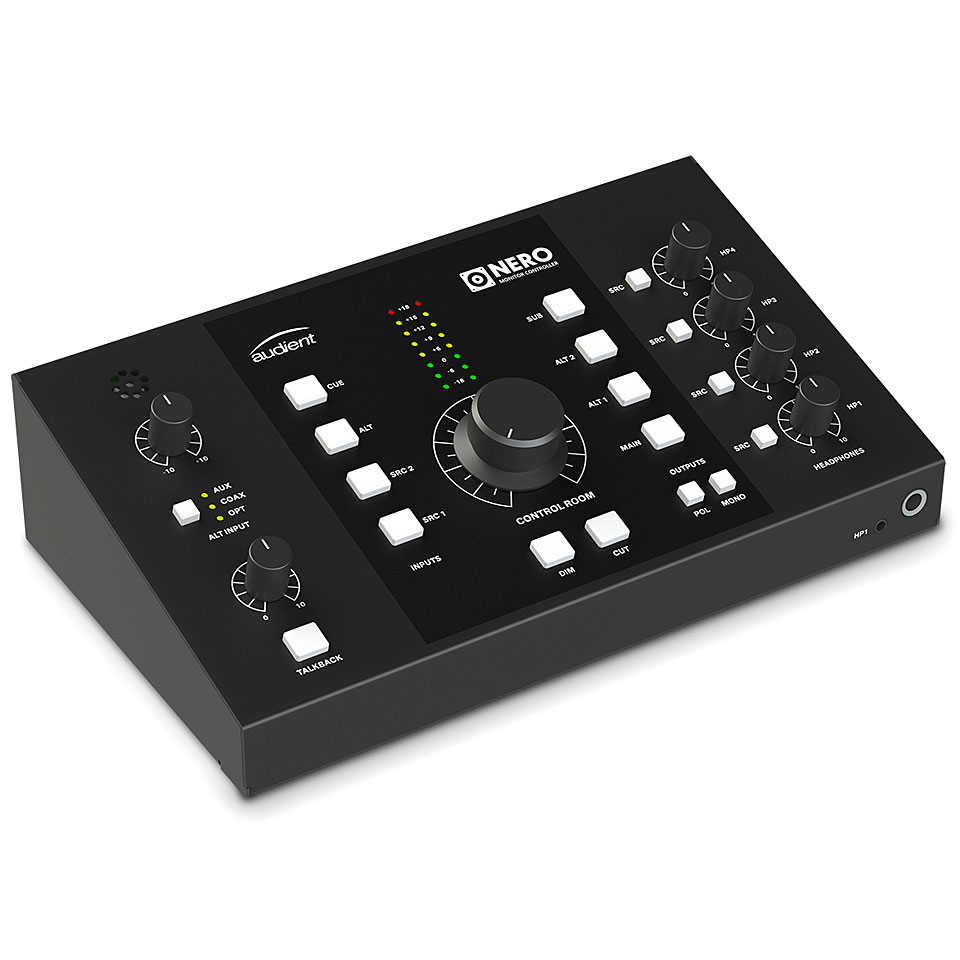
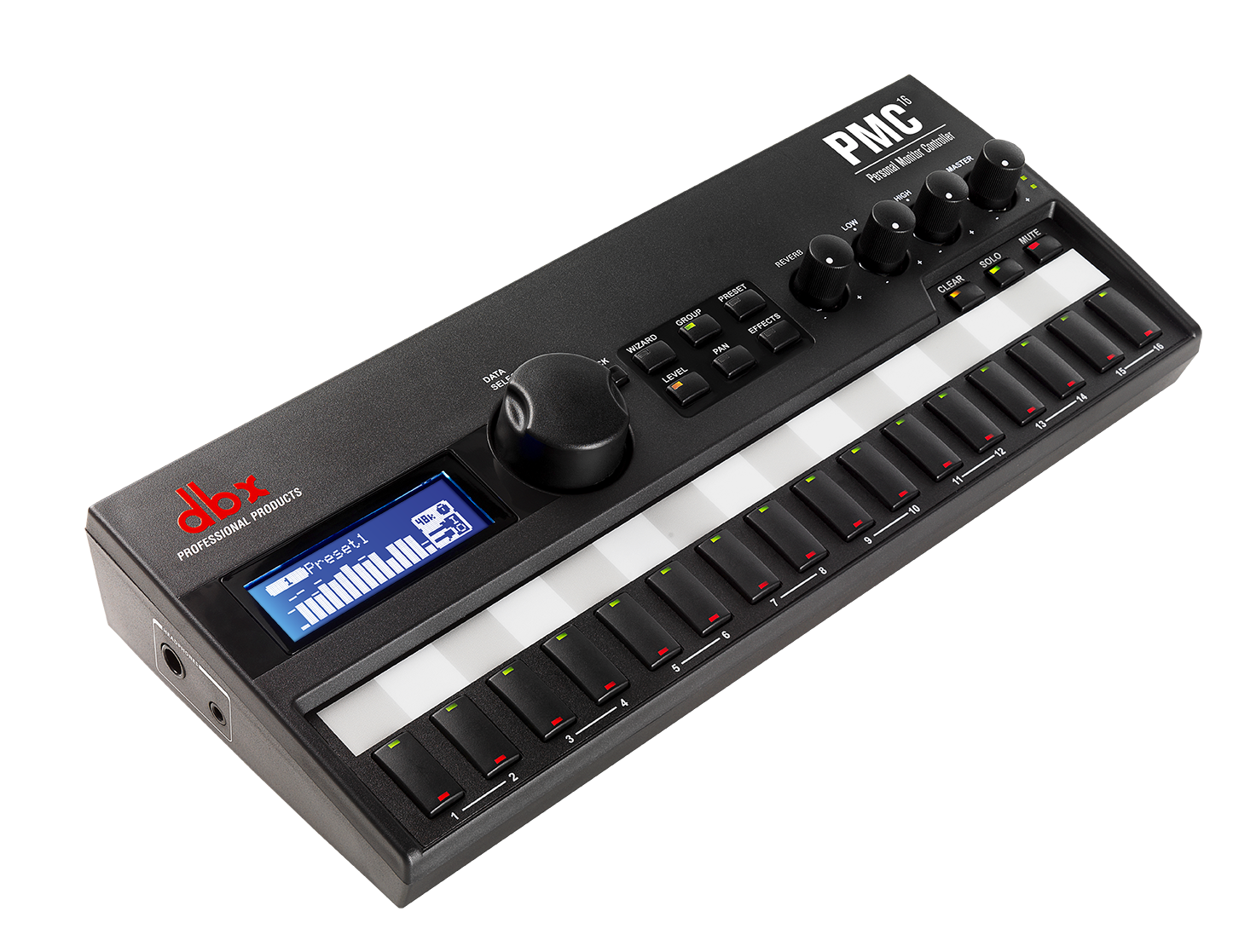
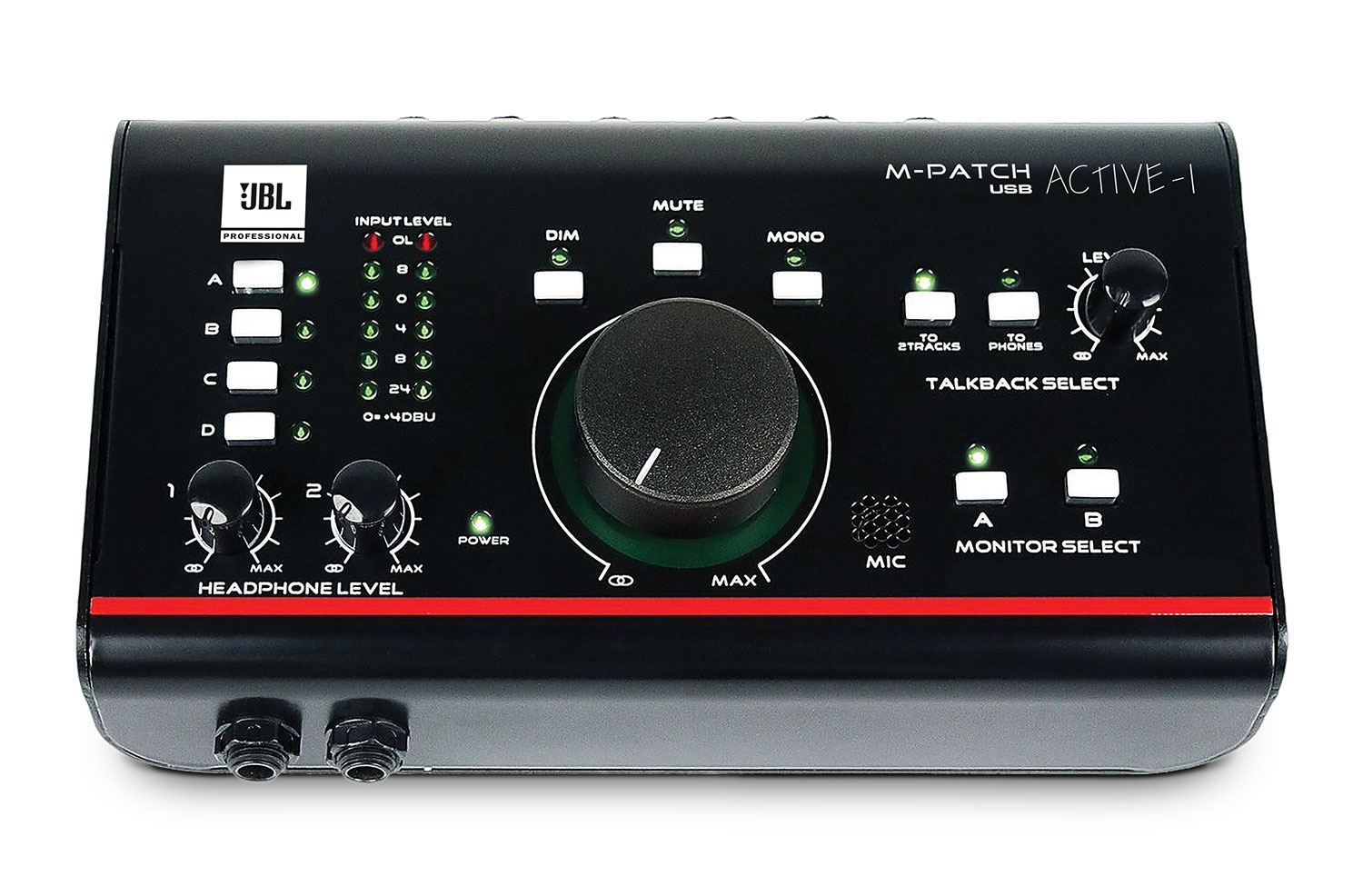
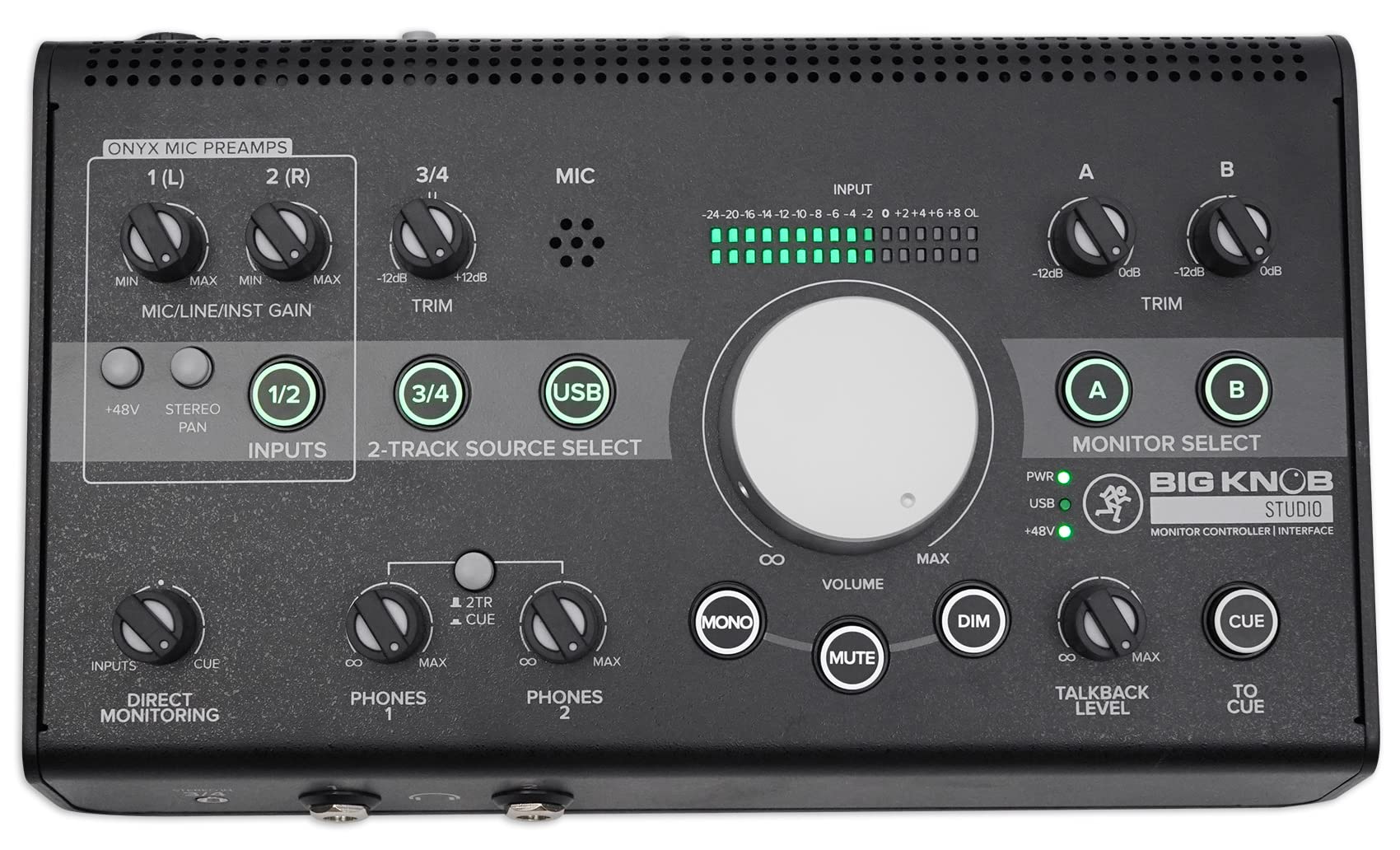

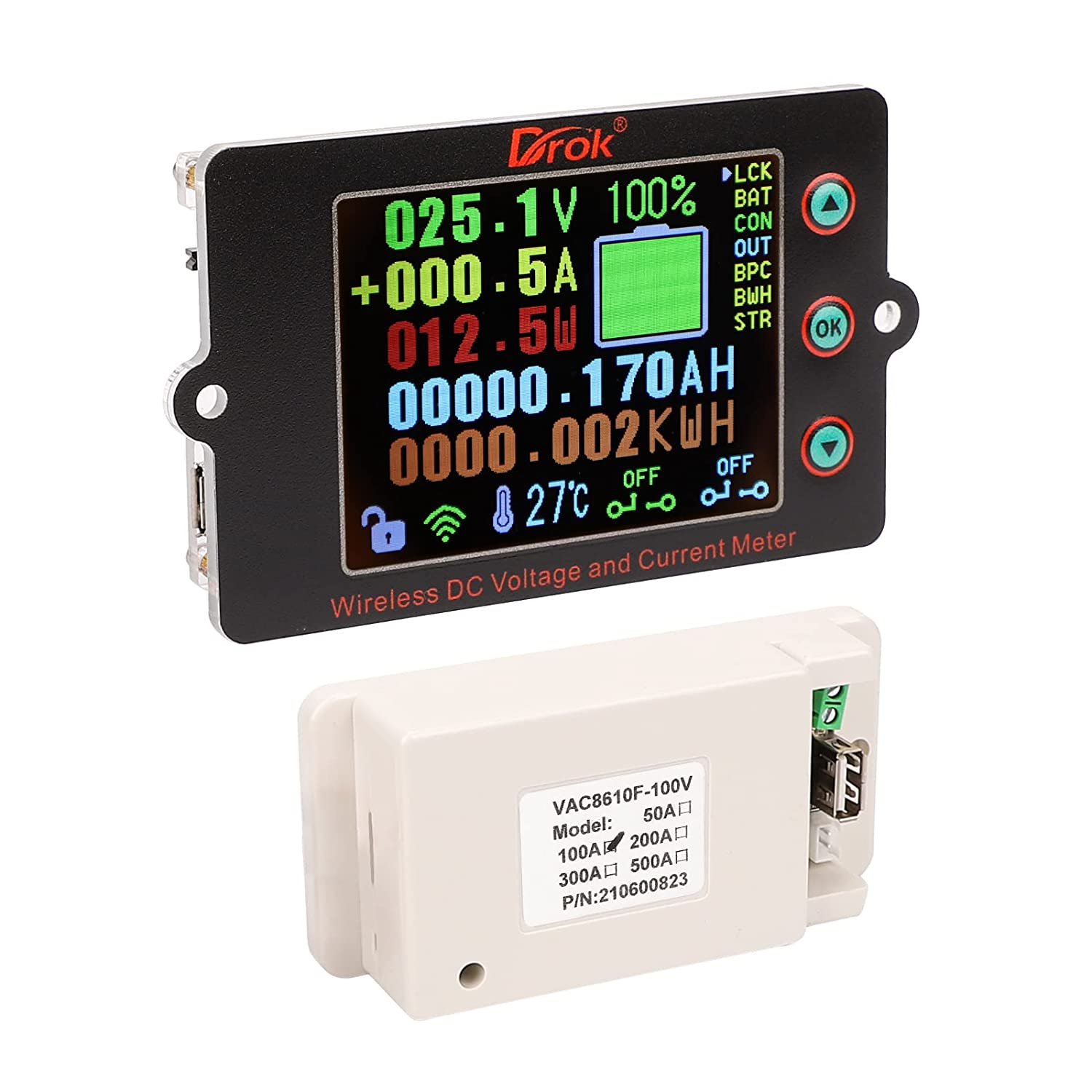

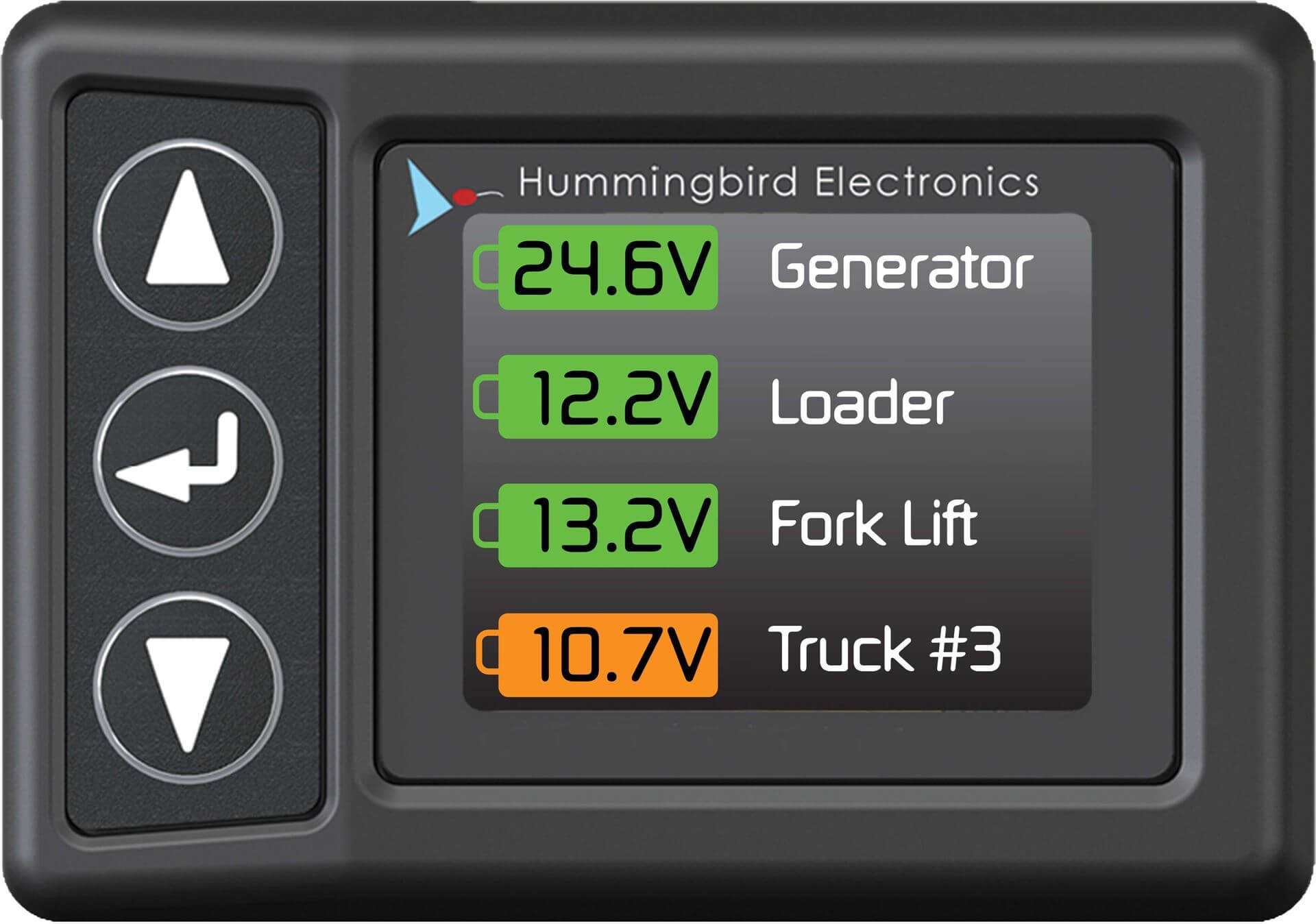
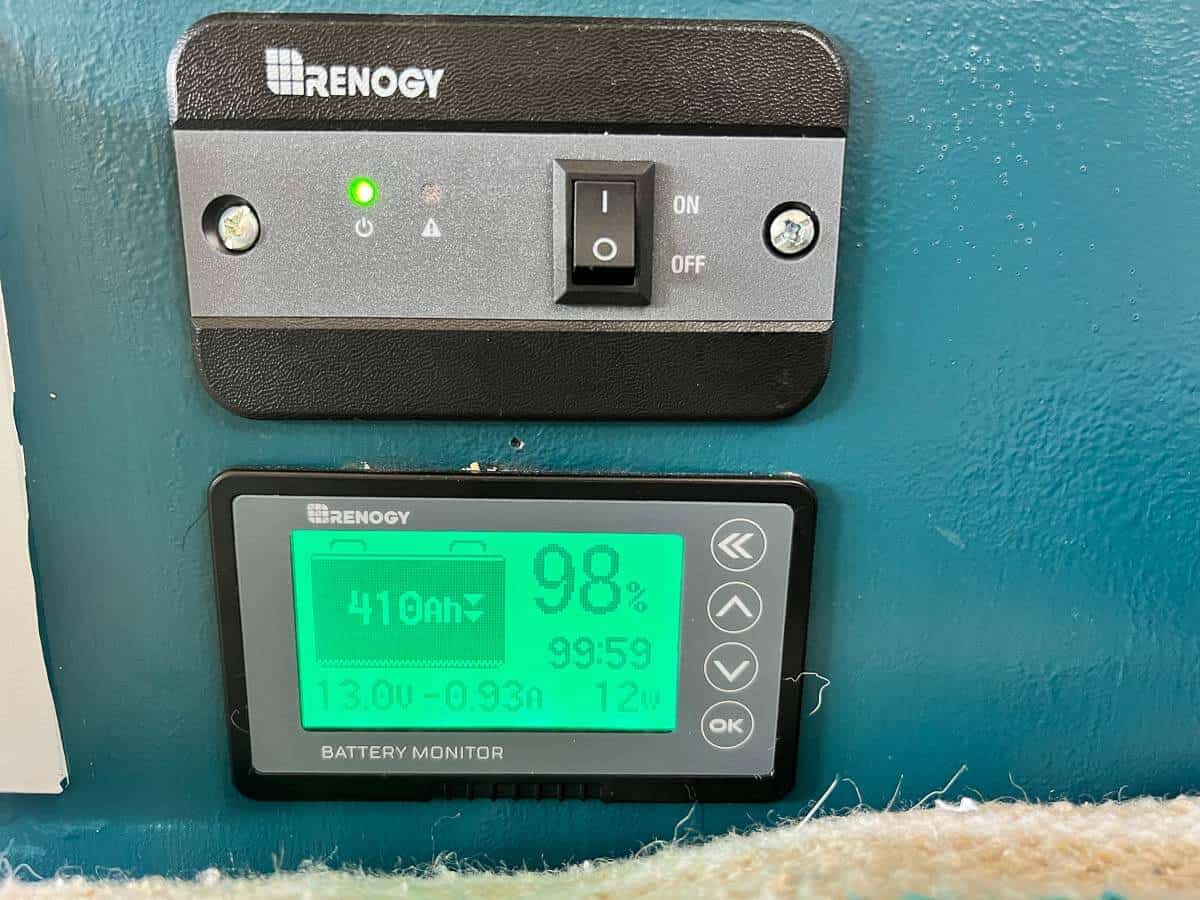

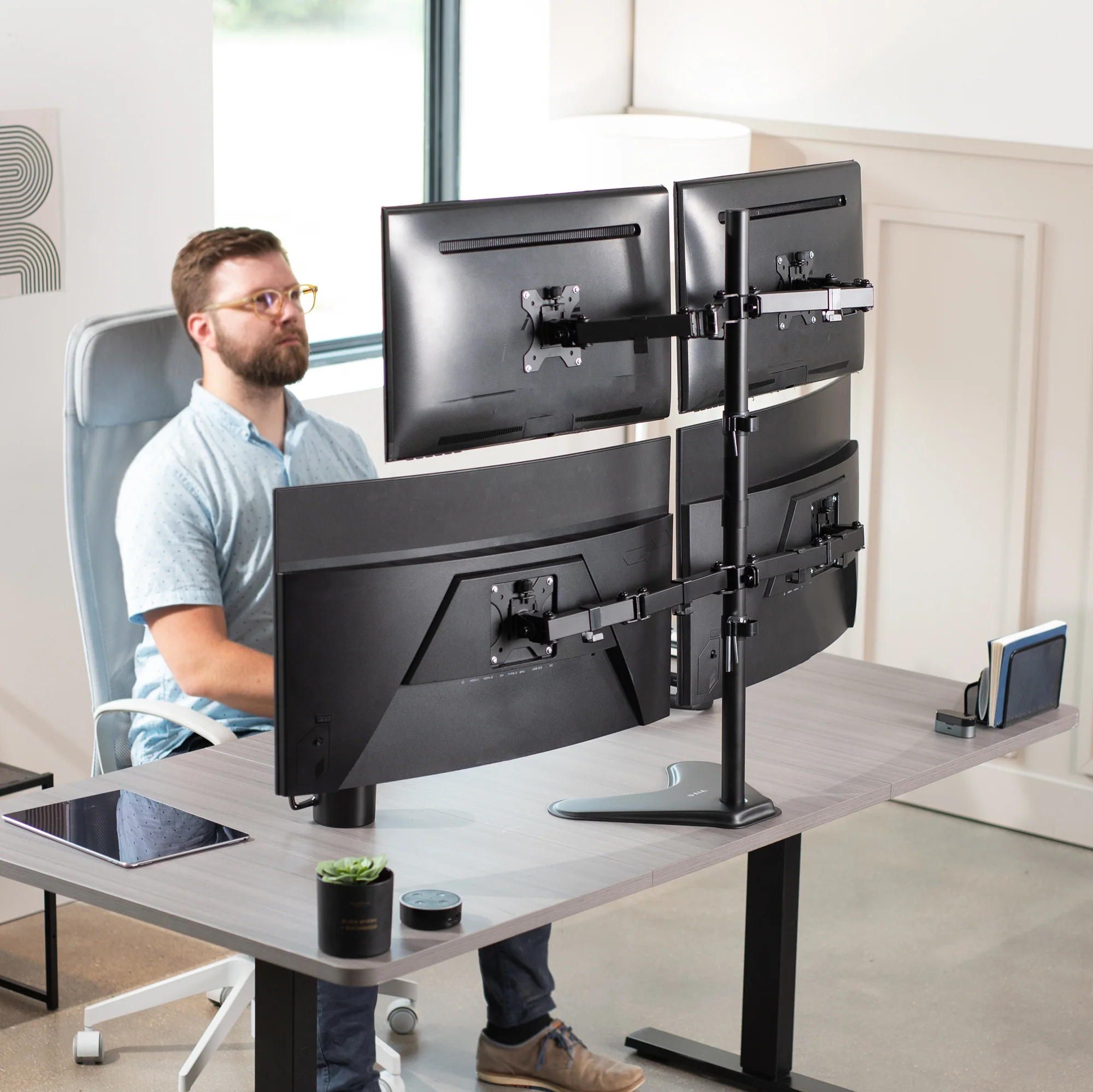
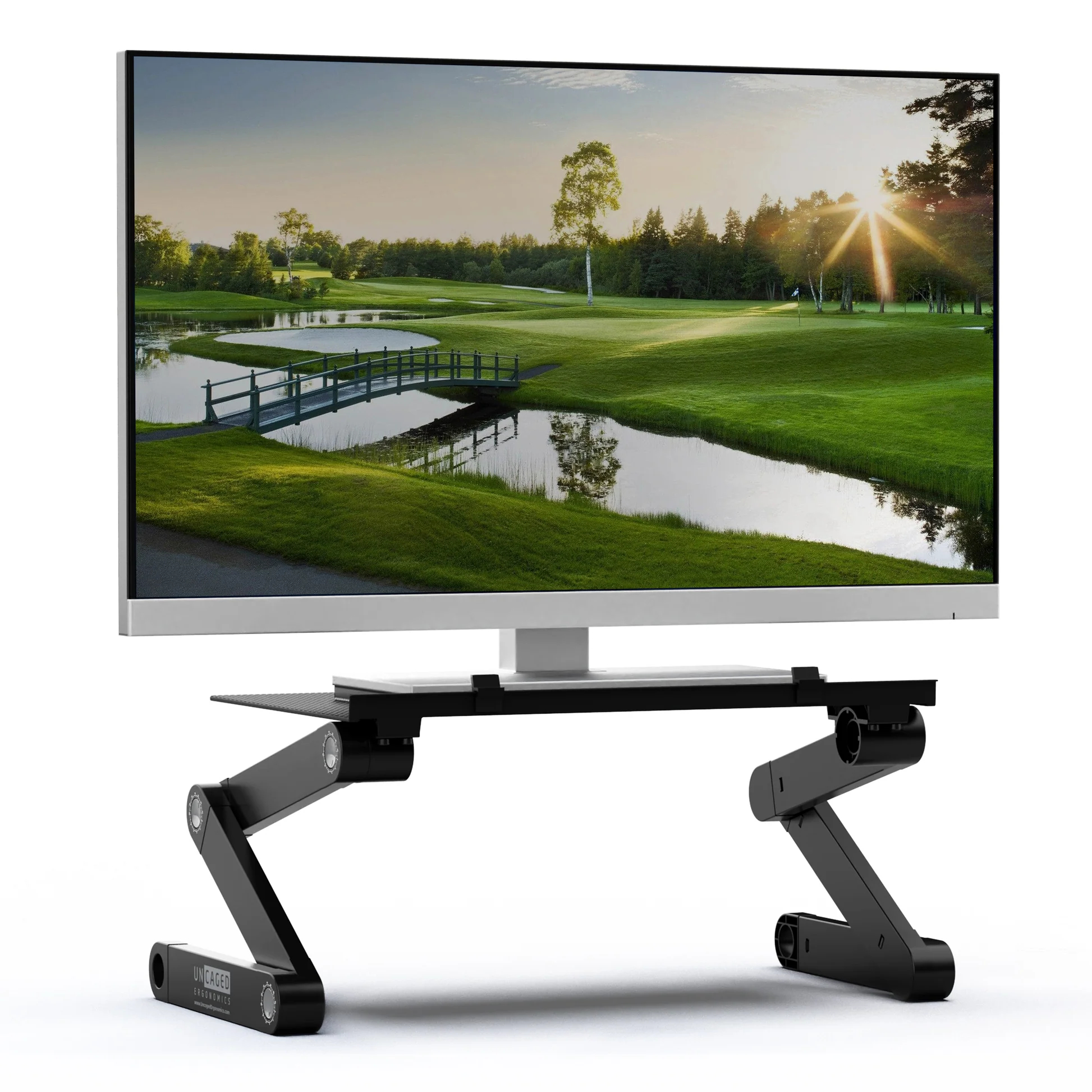
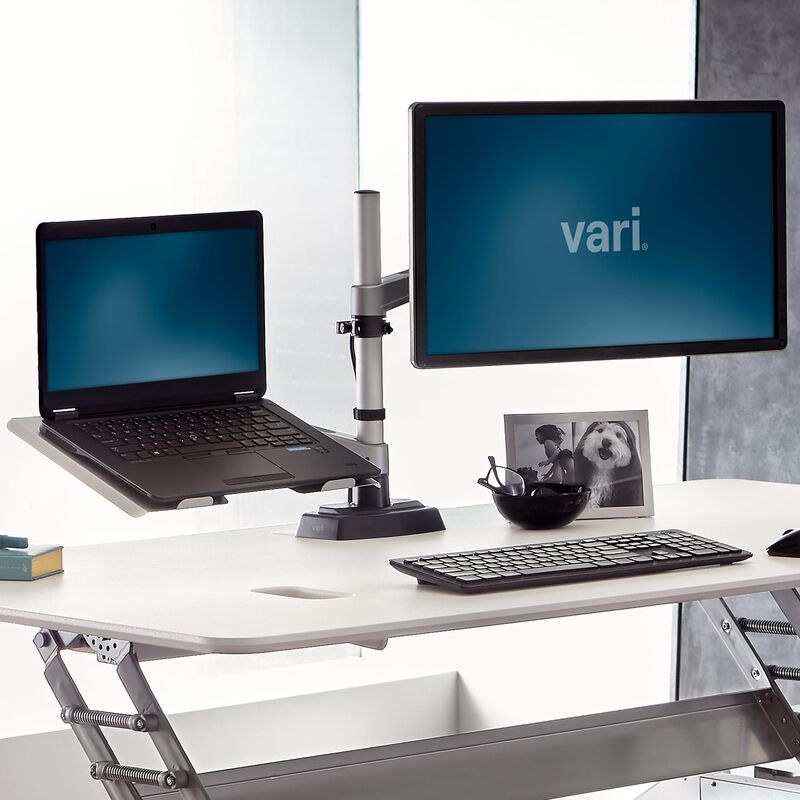


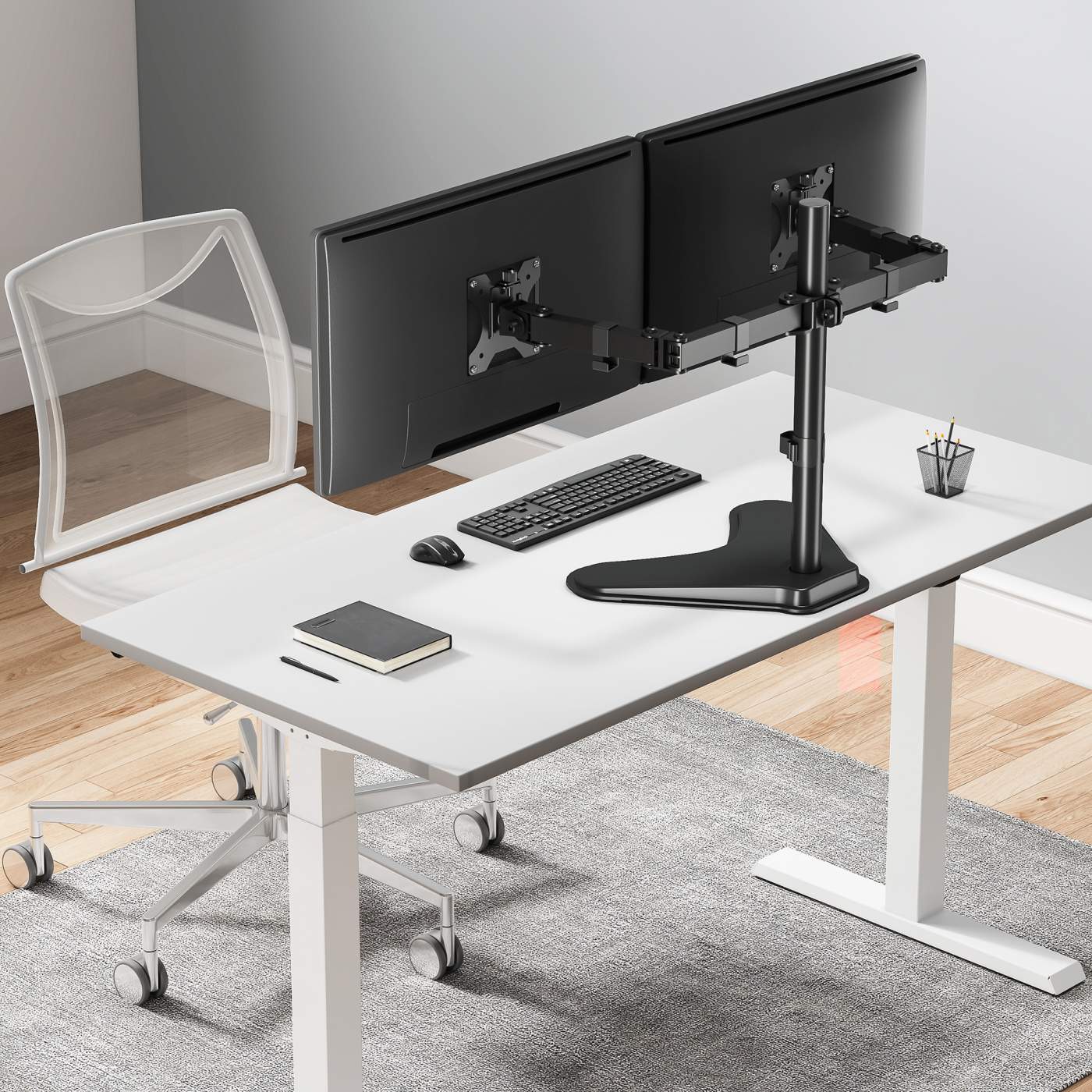
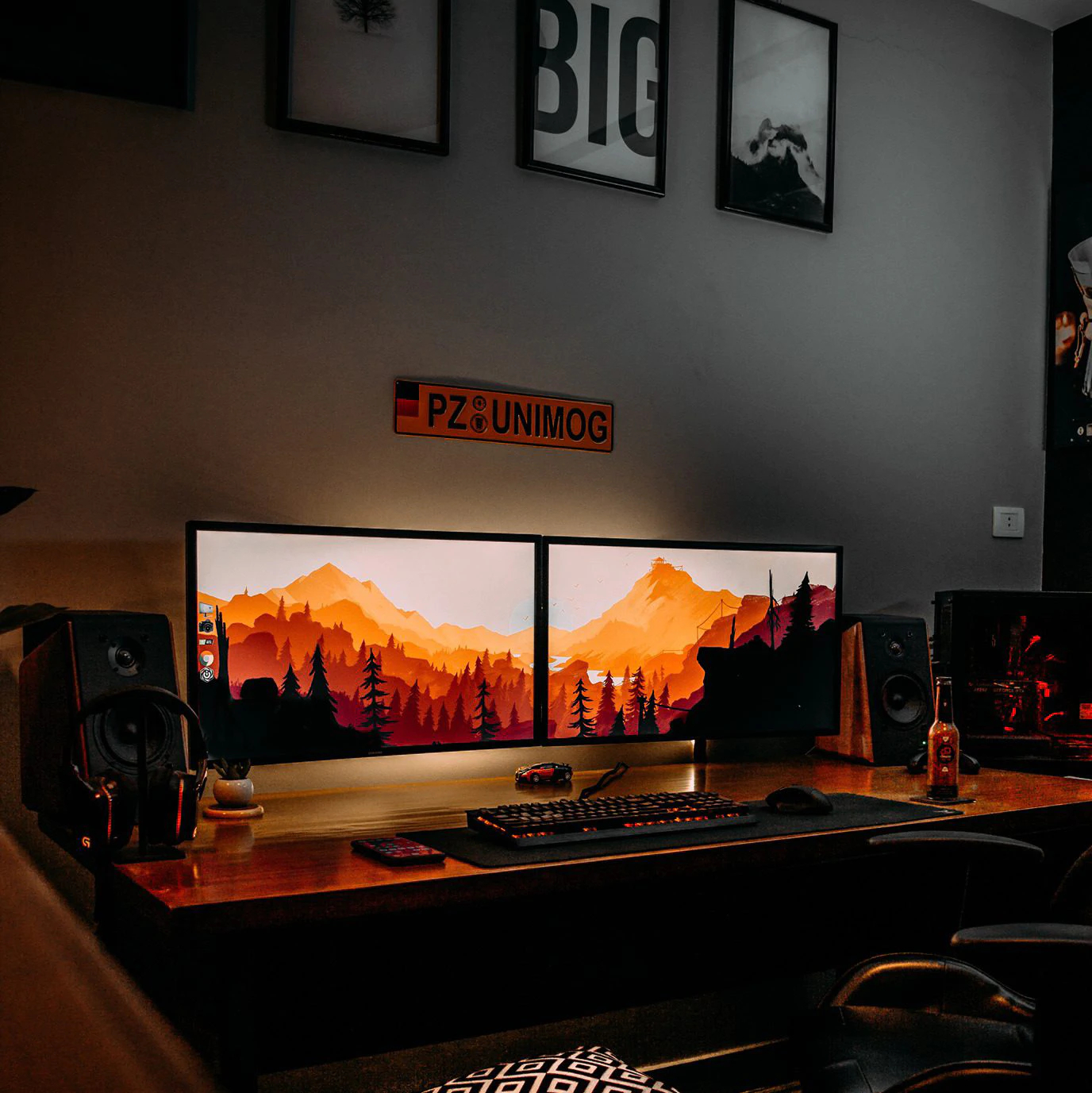

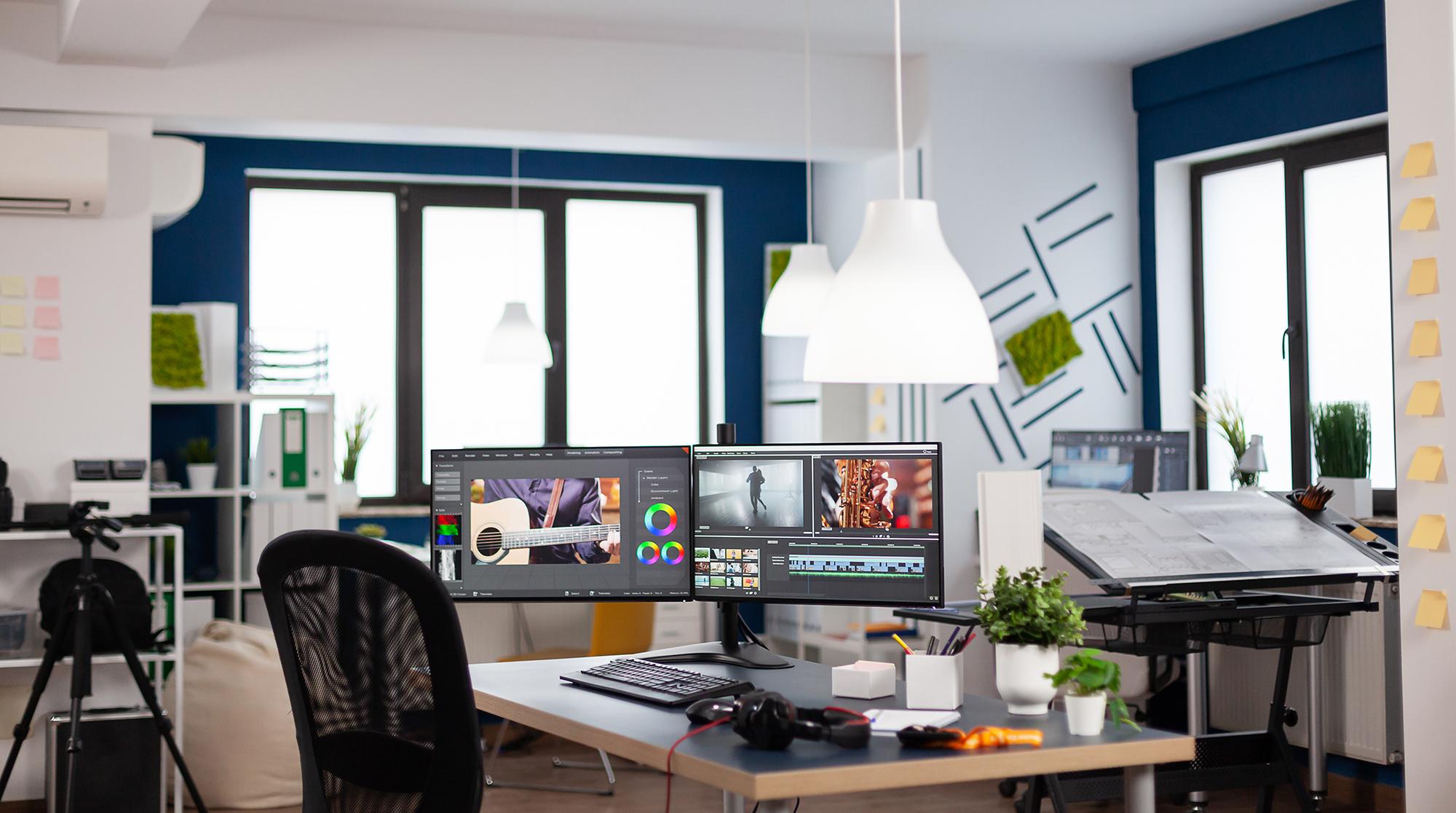

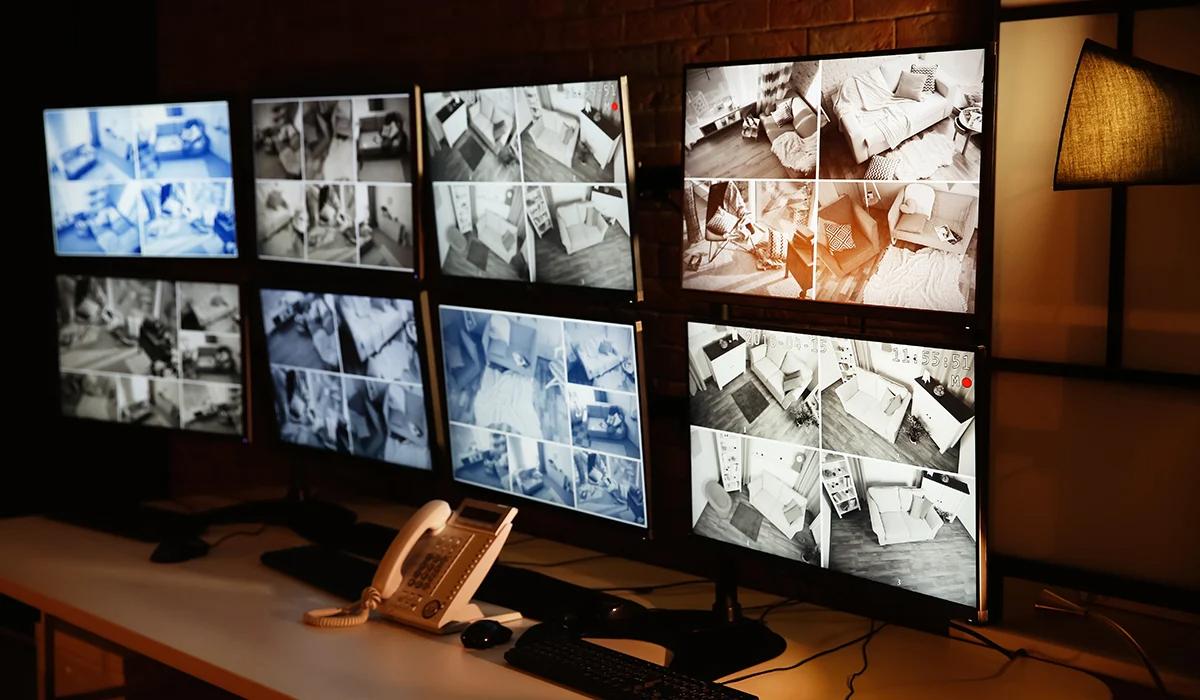
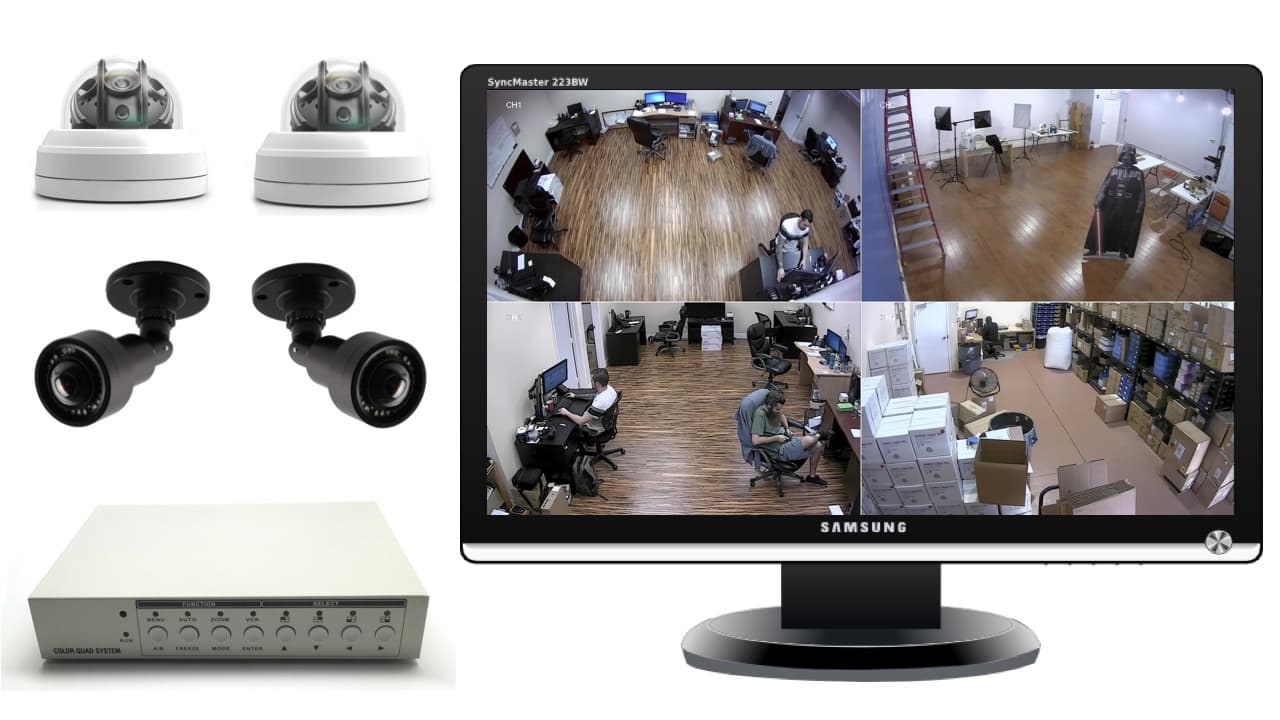



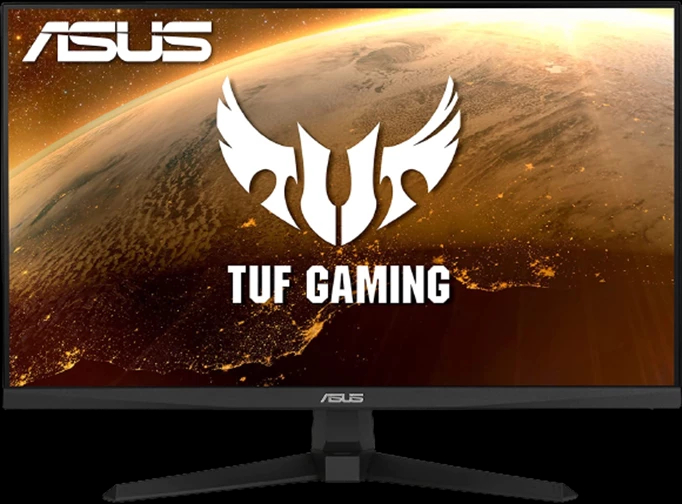
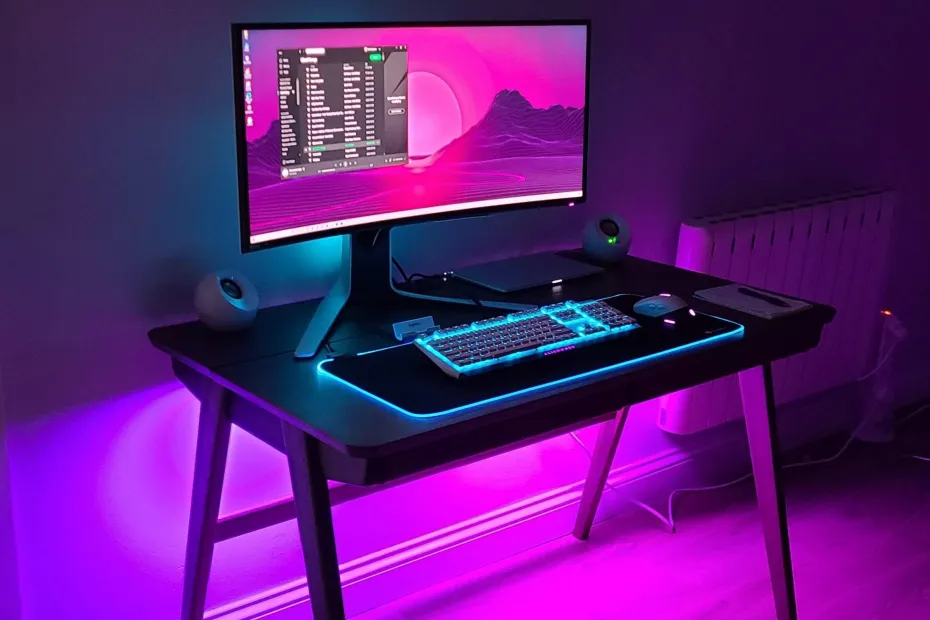

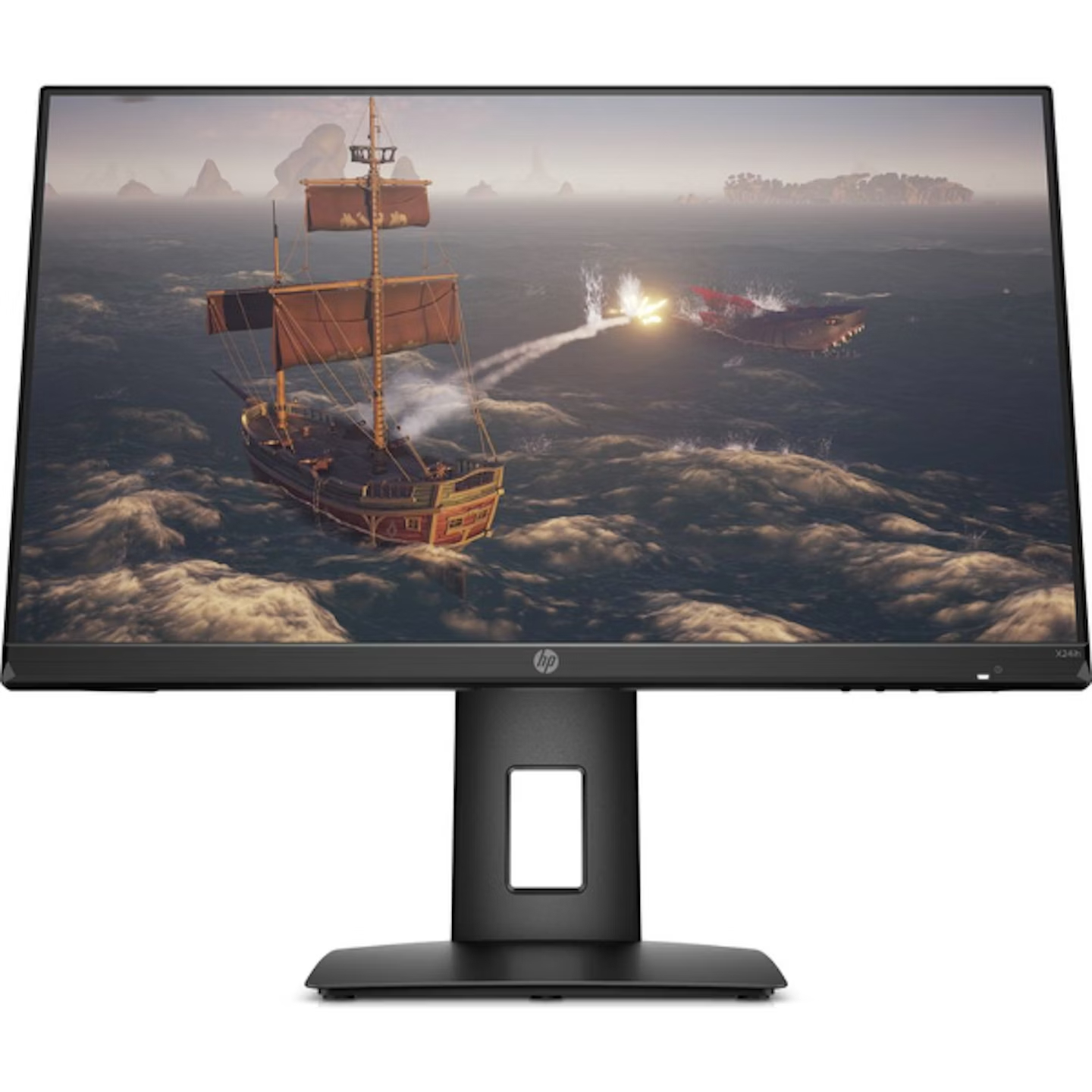
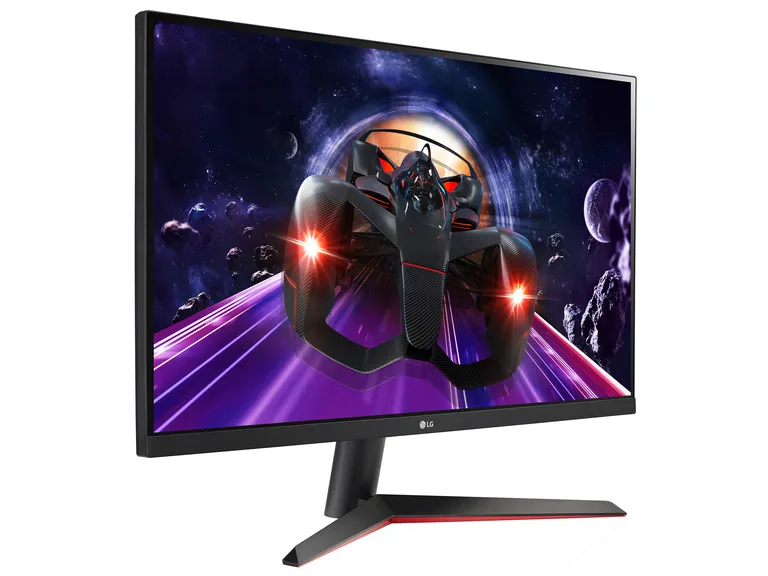
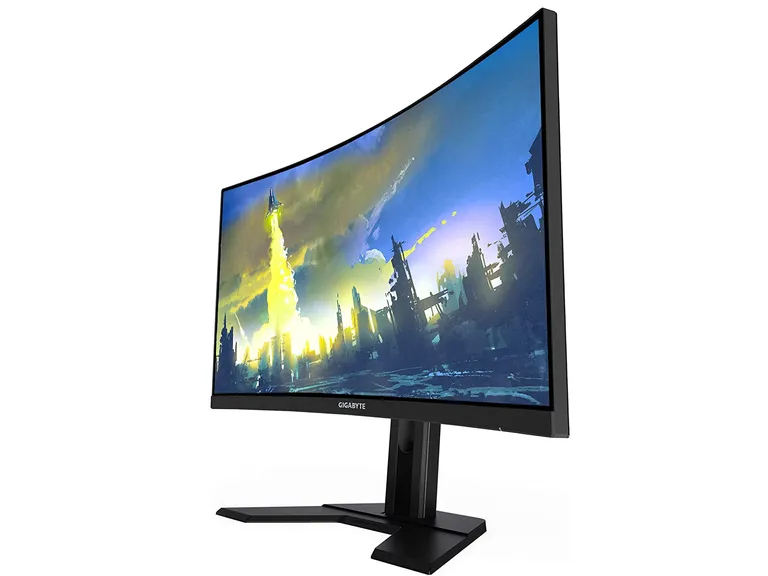

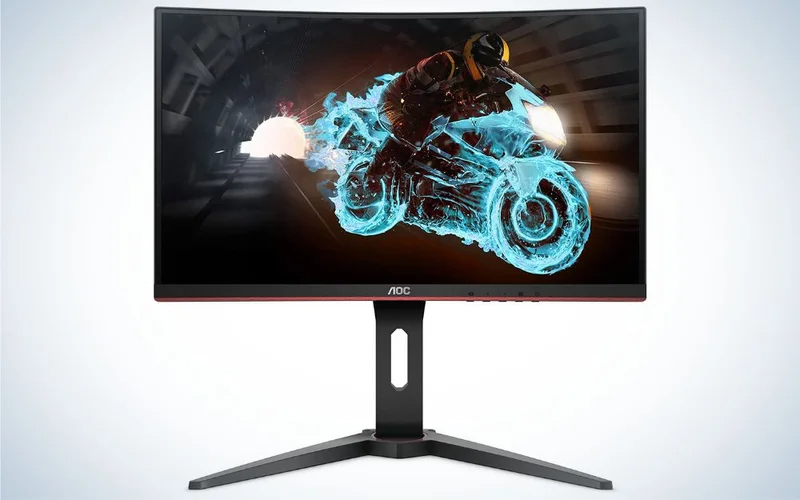
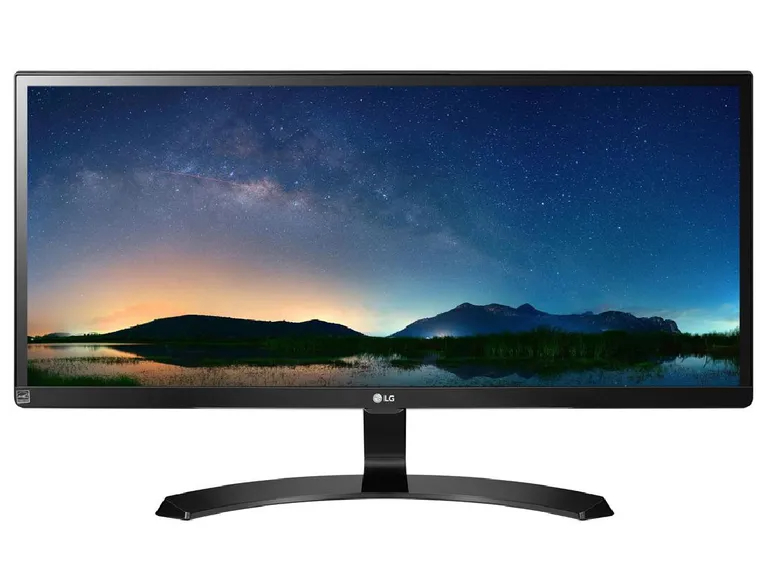
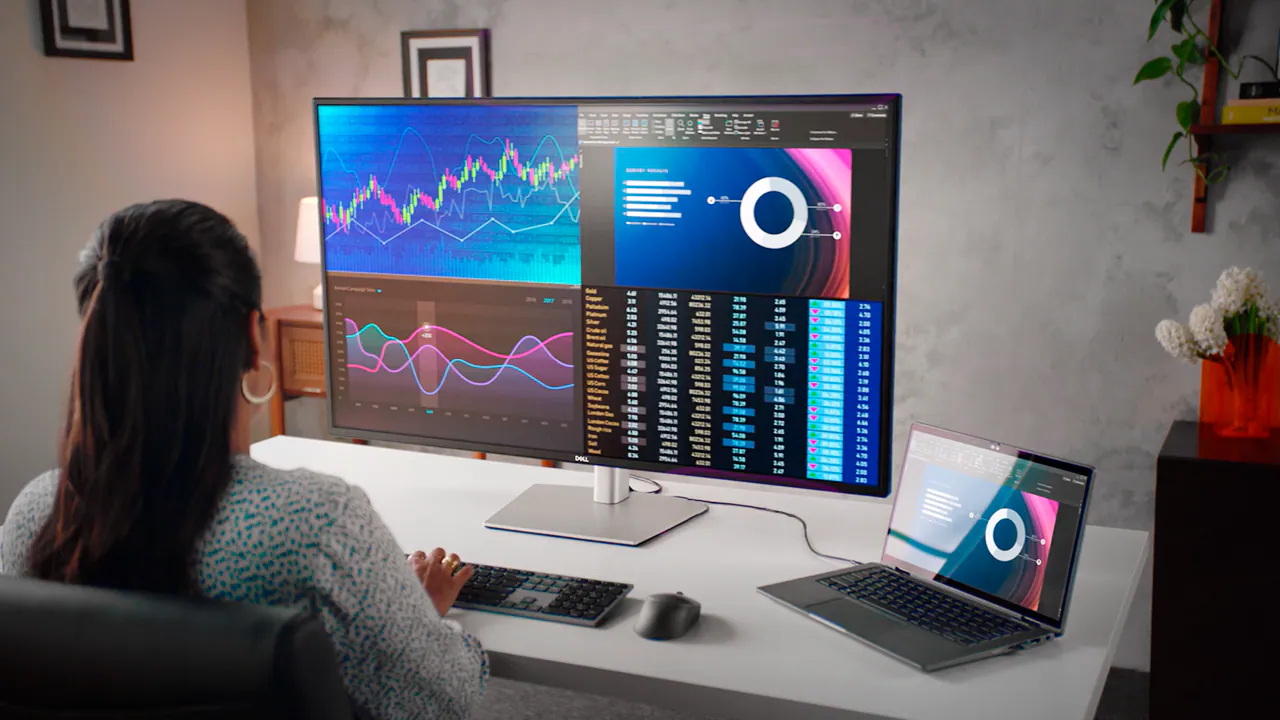




 The Rise of Monitors with Integrated Speakers
The Rise of Monitors with Integrated Speakers


